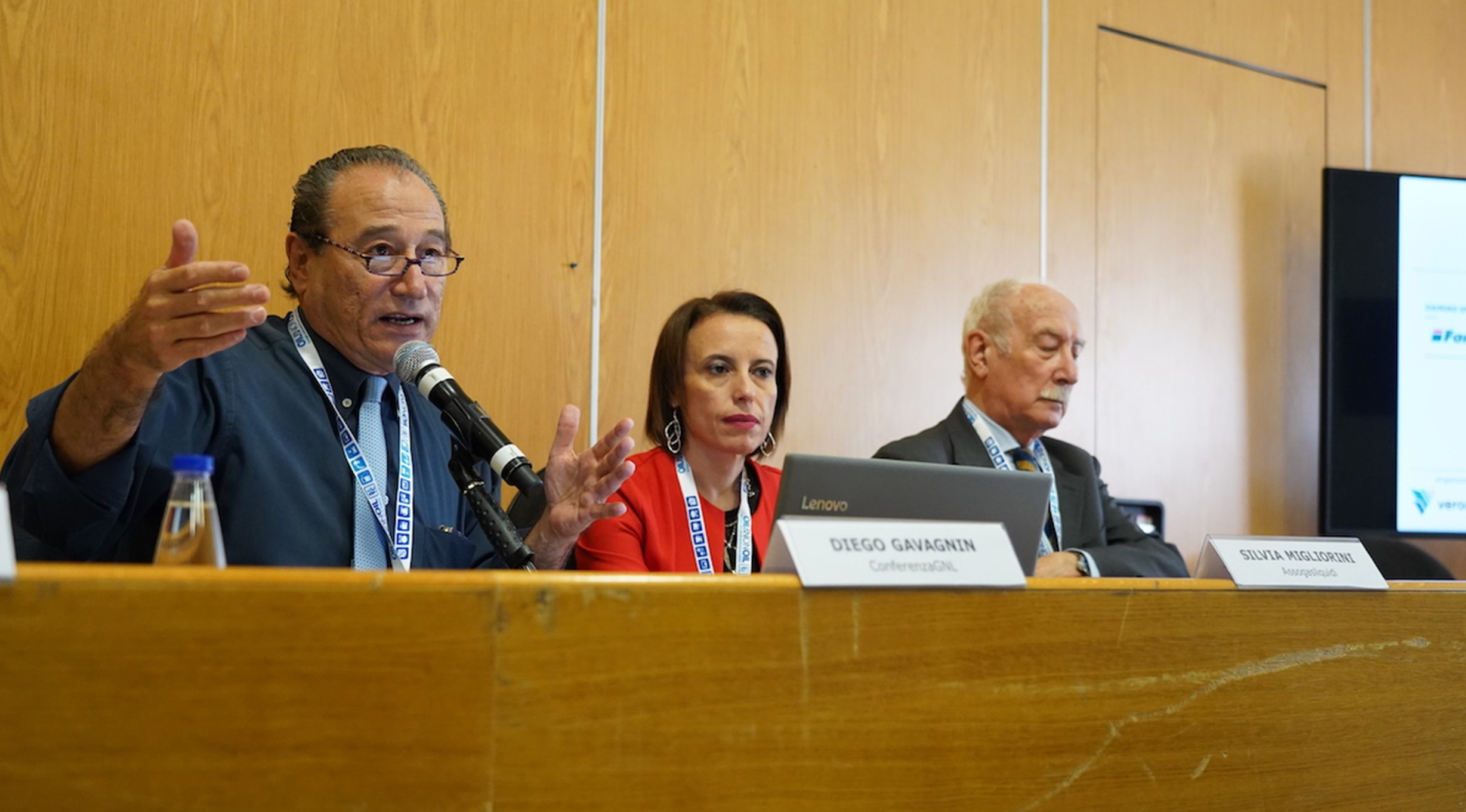
Europe has set itself the very ambitious goal of decarbonisation (no more carbon emissions, therefore no burning of coal, oil and methane) by 2050: only 30 years to go, the so called energy transition. The objective is to reduce or eliminate the risk of human-induced climate change.
Obviously it's not so much the date itself that counts, as the path to get there and with a level of quality of life as the current or better. The analysis and the European programming documents give a great role to natural gas, of which methane is a large part, although fossil itself, but the one with the lowest ecological footprint. The focus is on German and Polish lignite-using power plants.
So we are talking in a first phase about replacing coal and oil with natural gas and then seeing what other energy sources and technology will be needed. It is this last phase which enhances the role of methane, because it can not only replace but it can also more than the other two prepare the ground for the future.
It is now clear that the natural gas available in the world can replace coal and oil* in all uses, and well beyond 2050. If this road were followed, there would be no risk of remaining "in the dark", nor of prices exploding (compared to oil, natural gas is much more distributed in the world, it is difficult to make "trust" like Opec, while transport by ship makes the market much more open than gas pipelines).
At the present state of the art, in addition to fossils, we can see hydrogen and electricity. However, these are vectors, not energy sources, and therefore it makes sense to develop their use only if produced with renewable energy sources: the sun, wind, wave motion, biomass (with the last three that still depend on the sun). Among the biomass there is our waste, another problem that must find a solution.
Nowadays, oil is most widely used in transport, whether light or heavy (and maritime). Much has been said about its prospects in recent days at the most important Italian event on fuel distribution, Oil&nonoil (here is the Press Release).
The roles of compressed methane, electricity and hydrogen in light transport, and liquefied natural gas in heavy transport, where the use of both electricity and hydrogen appears farther away have been deeply discussed.
Here lies the great contribution that can come from compressed and liquid natural gas, because both promote the transition to both electricity, thanks to hybrid cars, and hydrogen, which can be mixed with methane and in the future replace it.
Hybrid cars with natural gas and electricity can enter the market right now and in Italy, a world leader in the use of natural gas, experiments are underway to mix hydrogen with natural gas in gas pipelines. Same route for LNG trucks.
We said that this transition only makes sense if the electricity production is from renewable sources, because it would be improper to use the electric car if the kWh was produced with coal or oil. Hydrogen must be provided by electrolysis of water, always using renewable electricity.
As issued at the International Conference on small scale LNG 2019 held in Naples (here are the Conclusions) it is important to understand whether it is better to mix hydrogen with CO2 (removed from the air!) or to use it directly, but in the latter case the costs could be much higher.
First of all, however, it is essential to use biomethane and LNG, produced from organic waste (food waste), agricultural waste, farm waste, sewage sludge. A few months before the birth of ConferenzaGNL, in July 2012, the government for the very first time quantified in 8 billion cubic meters the Italian potential of biomethane, sufficient quantity in Italy for all types of transport.
A political decision is therefore urgently needed to prioritize the use of biomethane and bioLNG for land and sea transport. The content of methane in the natural gas pipelines varies greatly, what comes from Algeria stops at 83%; mixing it with biomethane that reaches 99% of methane seems a waste.
To use biomethane for transport (abandoned waste still produces methane, so it is better to use it instead of fossil fuels) offers another great advantage: those who use it are willing to pay more. This gives a value to the waste and mayors can sell it instead of paying to dispose of it. Separate collection will also have an economic, as well as ethical, boost.
At Oil&nonoil another very important topic was discussed (here is the article by the Freight Leaders Council). Methane, if burned instead of oil, practically eliminates sulphur and fine dust and reduces CO2 and NOx emissions by significant percentages (between 15 and 30%). However, if it is leaked from the pipes or while pouring it has a heavy climate-changing effect, even if temporary (as opposed to CO2, which remains forever).
From the event held in Rome, a strong recommendation came to all operators in the natural gas supply chain, from extraction to the final consumer, to avoid leaks that are more and more verifiable with modern sensing and intervention technologies. The quality of the infrastructures, such as pipes, compressor stations, valves, etc., counts a lot, but on this Italy has no competitors in the world.
Just as the Italian industrial LNG chain is growing within the "methane system", so should the growth of a national chain of technologies for controlling and remedying unintentional emissions. LNG in heavy and maritime transport is spreading simultaneously throughout the world, let's make sure that the transition is made at the lowest possible environmental cost thanks to our technologies.
*the alternatives will also cover aviation fuels
 EN
EN  it
it

